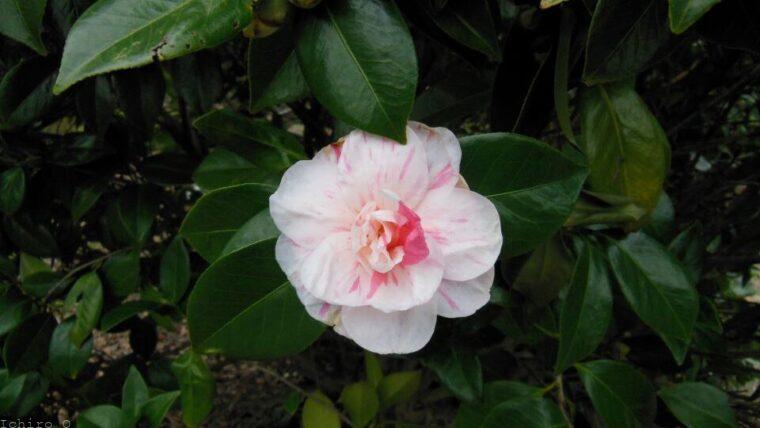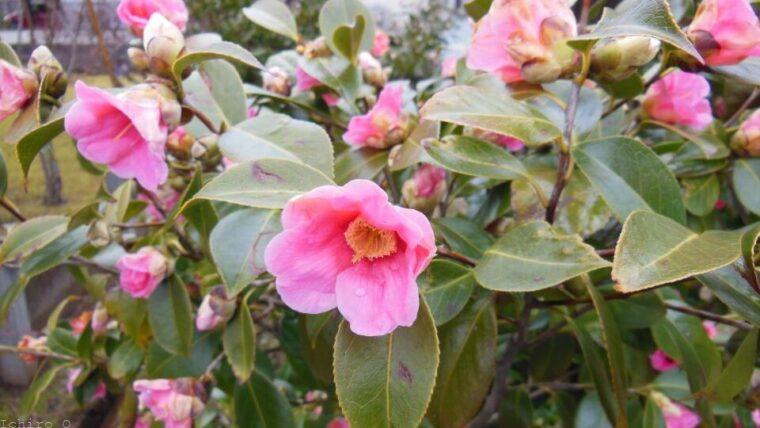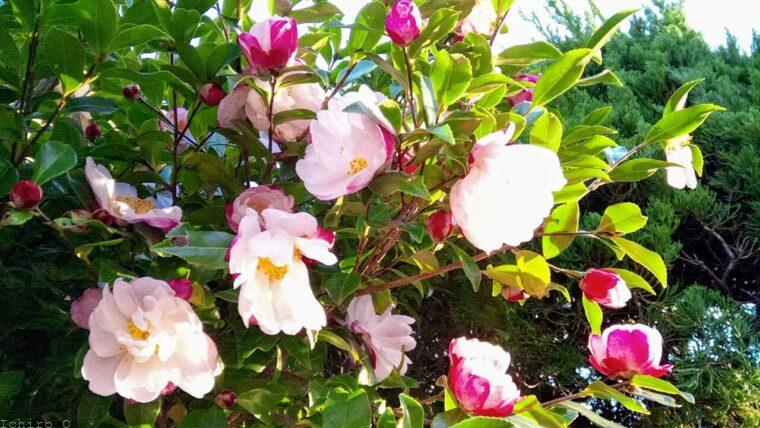
Sasanqua 山茶花
What is Sasanqua?
| Plant name: C. sasanqua | 植物名: さざんか |
| Scientific name: Camellia sasanqua | 学名: Camellia sasanqua |
| English name: C. sasanqua | 英名: C. Sasanqua |
| Japanese name: Sasanqua | 和名: サザンカ(山茶花) |
| Family name: Theaceae | 科名: ツバキ科 |
| Genus: Camellia | 属名: ツバキ属 |
| Origin: Japan | 原産地: 日本 |
Sasanqua is an evergreen broad-leaved tree belonging to the genus Camellia of the Theaceae family.
Sasanqua is native to Japan and is one of the few flowering trees that colors the lonely garden in winter. It is a plant that was introduced to Europe from Dejima in Nagasaki during the Edo period, and its Japanese name became the scientific name (Camellia sasanqua).
It has been popular with hedges and garden trees since the Edo period, and many kinds of horticultural varieties are now on the market.
The native species of sasanqua are Okinawa, Kyushu and Shikoku, but many varieties produced from them have been handed down to various parts of Japan as winter flowers and are inherited today.
Currently, about 300 varieties are known, and there are cases where improved varieties have returned to their hometowns overseas.
Wild sasanqua flowers bloom white flowers. There are a wide variety of cultivars, from large to small. In addition to white, there are various shades of red and pink, and the shape and size of the flowers are also diverse.
Horticultural varieties can be broadly divided into four groups, “sazannka”, “kanntubaki”, “harusazanka”, and “tagotonotuki”, depending on the time of flowering and the shape of the flowers.

Sasanqua 山茶花
Sasanqua basic information
Sasanqua is an evergreen small tree with a height of about 5m. It grows from the sun to the shade, but it is better to avoid places where the sun is shining or the shade is too dark. The flowers bloom from late autumn to early winter.
Although it is written in kanji as mountain, tea, and flower, it is derived from “tea flower growing in the mountain”. It has a nice scent of leaves and is derived from being drunk like tea.

Sasanqua 山茶花



コメント